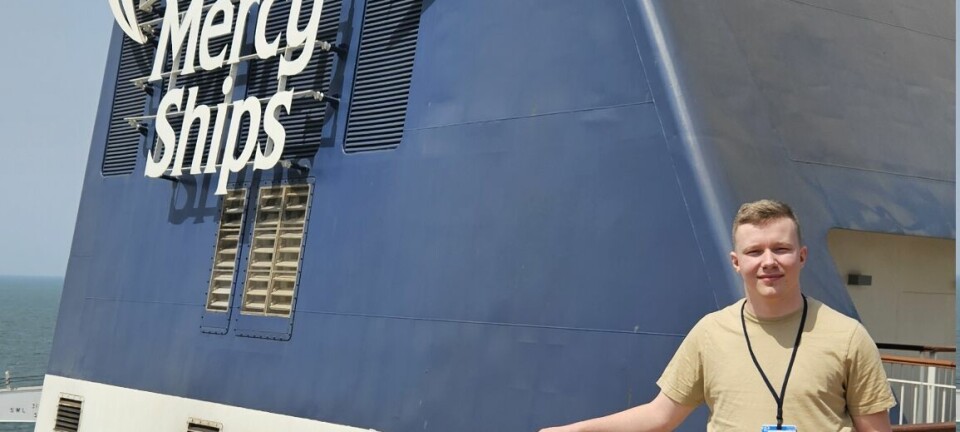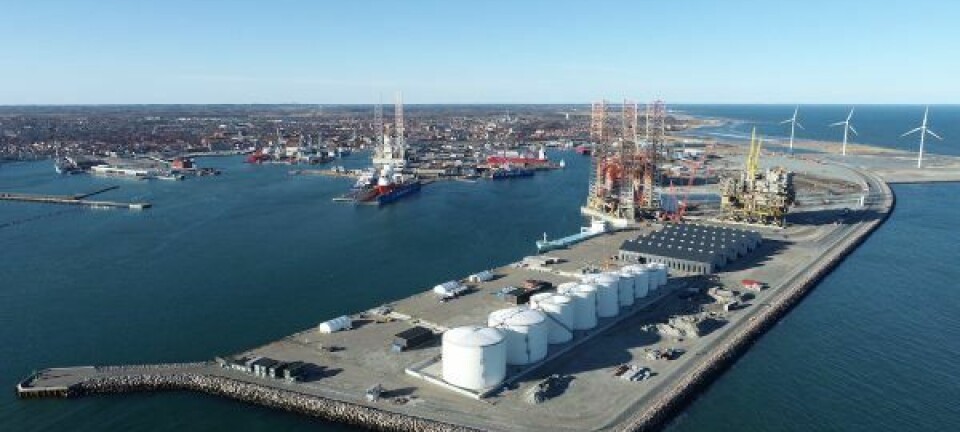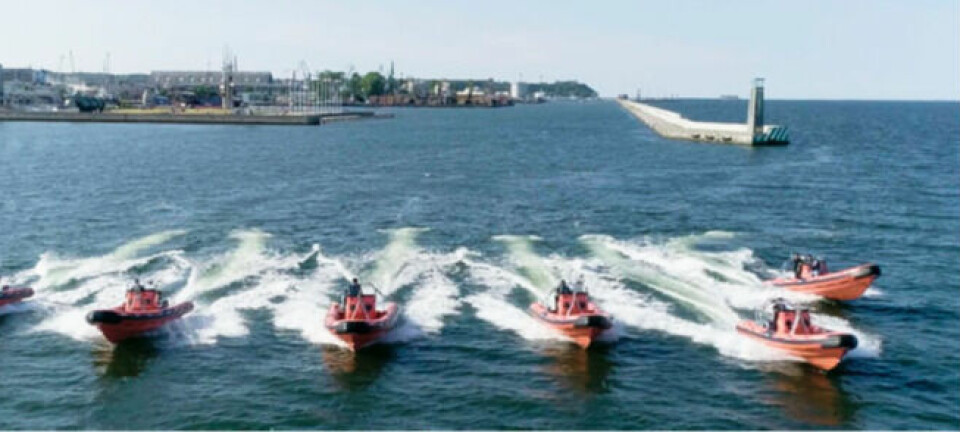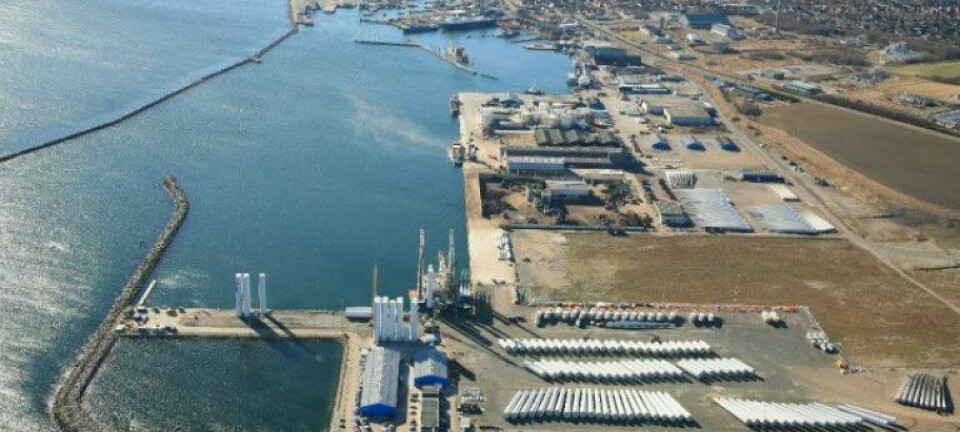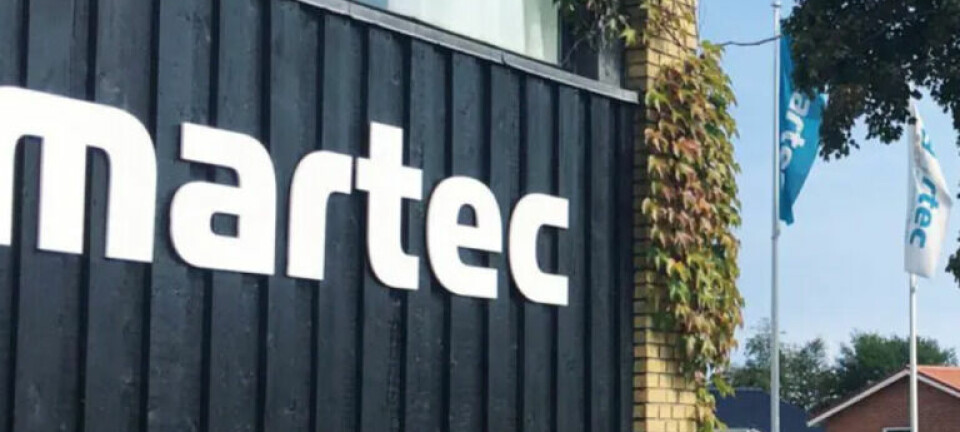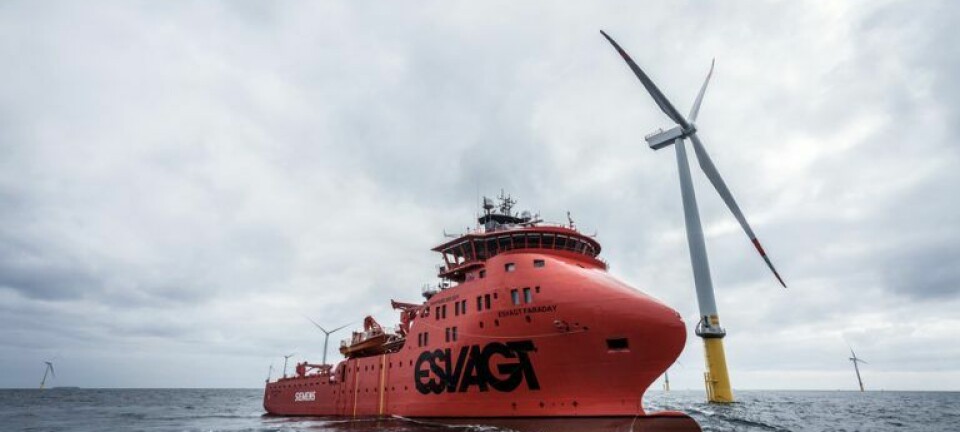MARAD defense reserve fleet training plan faces shortcomings
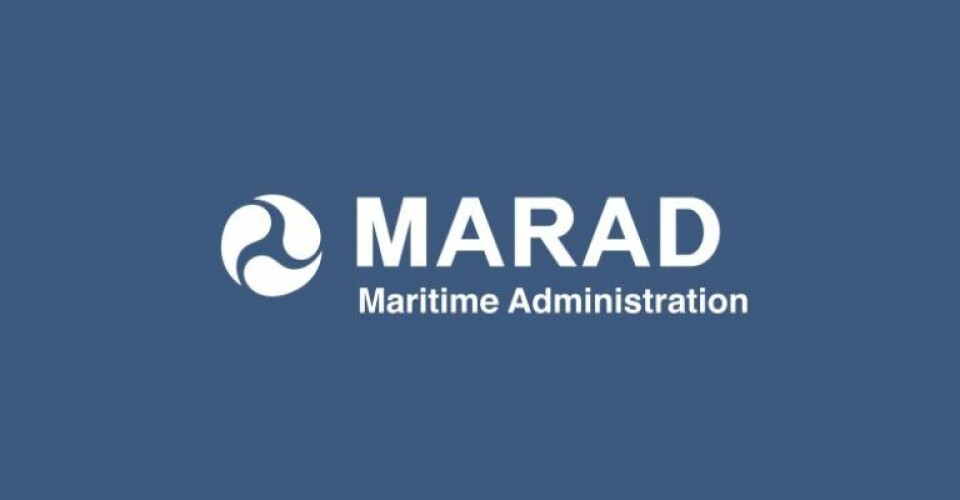
The US Department of Transportation Office of the Inspector General announced the results of an audit that found the Maritime Administration’s management of a National Defense Reserve Fleet training program has its vulnerabilities.
By Michael McGrady, Maritime Direct Americas & Pacific Correspondent
WASHINGTON — The US Maritime Administration (MARAD) manages a training program for cadet mariners by transferring vessels from the National Defense Reserve Fleet — which MARAD manages — supporting its National Security Multi-Mission Vessels (NSMV) program. The NSMV program, according to the agency, provides training vessels to several of the nationally recognized maritime academies so that would-be officers aboard reserve vessels to get real-world experience.
NSMV is currently working to modernize the training fleet. However, the Department of Transportation Office of the Inspector General (OIG) found various shortcomings in the program that could hinder the NSMV agency mission’s intended goals.
According to Homeland Security Today, OIG found that MARAD’s NSMV program management “may hinder [the] achievement of program goals.” The internal watchdog agency found the program’s overall management to be “inadequate” and lacks the basic risk assessment analysis needed to measure the individual risk likelihood of a programming failure. This includes measures to account for consequences and further mitigation strategies.
“These deficiencies could affect the Agency’s ability to achieve timely and cost-effective vessels that meet its needs,” reports the OIG. “Furthermore, MARAD has not reviewed complete versions of three required oversight plans that describe key areas of the VCM’s strategy for managing and overseeing NSMV design and construction.”
The recommendations for the OIG include efforts to “document and implement a risk management process to analyze program risk, including risk identification, likelihood and consequence, mitigation strategy, and monitoring activities.” Plus, “this documented process should also include steps for monitoring, tracking, and updating risks throughout the life of the program. This recommendation should be completed prior to the start of full-scale vessel construction.”



